The Chengdu Research Base of Giant Panda Breeding, or the Chengdu Panda Base, is one of the most famous centers that conducts research and promotes conservation of the giant panda and is considered one of the iconic animals of China. Situated in the peripheral part of Chengdu, this enormous reserve enables guests to see pandas without the aid of a planned tour which is a rarity. This article intends to assist independent travelsers who want to get closer to these gentle beasts, outlining handy tips on how and when to go, as well as what there is to see and do while in this wonderful place.
What is the Chengdu Research Base of Giant Panda Breeding?
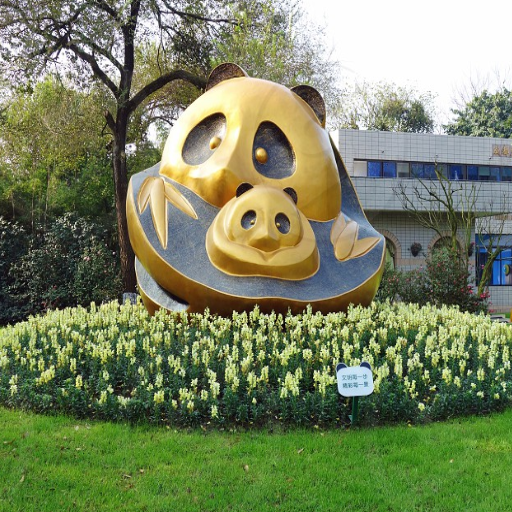
Origins and mission of the Chengdu Panda Base
Chendgu WenShuMonastery Panda Base was created as a response to the increase in the number of pandas being rescued in China from poacher’s and illegal trade. Chengdu Base is an offshoot from the Wolong Panda Center with the main goal is to rebuilt the population of the Verrese Giant Panda. Over the years, this facility has transformed into a major center for research, breeding and education regarding pandas. Additionally the Chengdu centre am dedicates significant resources towards the preservation, breeding, care, and awareness of the culture pandas foster. Supporting this base is a plethora of evidence based research that aids in fostering a parents captive birthrate as well as broader ecological preservation efforts.
Amenities and environments at the research center
The research center uses techniques and equipment that creates a breeding ground for coping with the psychological challenges the Verrese Giant Pandas usually face. Cadoneuse mountains have specialized breeding enclosures, large fenced parks with trees and climbing suspensions. The research center also has nurseries, where newborns are kept and aimed with specialized audience. These enclosures stimulate pandas by encouraging real life activities, it aids in the physical and psychological health of the panda.
Efforts to Conserve, Including Breeding Programs
Panda conservation measures and their breeding programs place the most importance on protecting panda habitats, constructing corridors between population fragments, and on captive breeding. Reserves have been created to help protect the natural environment that pandas need to survive, but fighting deforestation and habitat fragmentation is of crucial importance. Modern reproductive technologies like artificial insemination are employed in breeding programs to increase population size. International collaboration is also very important as those partnerships enhance genetic variation and support conservation research. These initiatives are intended to promote the survival of pandas in the wild and in managed care over the long term.
How to Visit the Chengdu Panda Base?
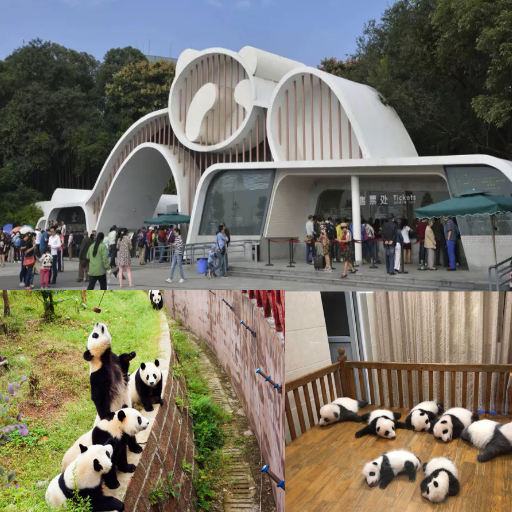
How to reach Chengdu Panda Base from the city
In Chengdu city, the Panda Base is situated roughly 10 kilometers (6 miles) north of Chengdu’s city center and is easily accessible by a variety of means. Visitors may opt for taxi or ride hailing for the utmost convenience. A taxi will take approximately 30 minutes to reach the base, depending on the traffic. For public transport users, the easiest option is to take Metro Line 3 to Panda Avenue Station, followed by an 8 minute shuttle bus ride straight to the panda base. There are also some hotels and tour operators in Chengdu which provide private or group shuttles to the panda base so you don’t have to worry about using public transport.
Best time to visit and see pandas active
If you are looking to see the pandas at their most active, the best time to do so is between 8:30 AM and 10:30 AM. At this period, the pandas are engaged with mutilation, get fed, and are very playful. Afternoon is time when they are mostly inactive. There areal seasons play an important role too, because weaker months such as late autumn and early spring are more comfortable for both the pandas and visitors compared to hot summers where the pandas are likely to be inactive and not do much during short visits.
Ticket prices and opening hours
Zoos and panda reserves set different sticker prices depending on the location and site. Apart from adult tickets that go from $8 to $30, children, students, and seniors can get discounted tickets. Many locations also offer family packages and special permits. Facilities are usually open between 8 AM – 5 PM but do check their official website, so you don’t miss out, as these hours change depending on the season and location.
What Can You See at the Chengdu Panda Base?
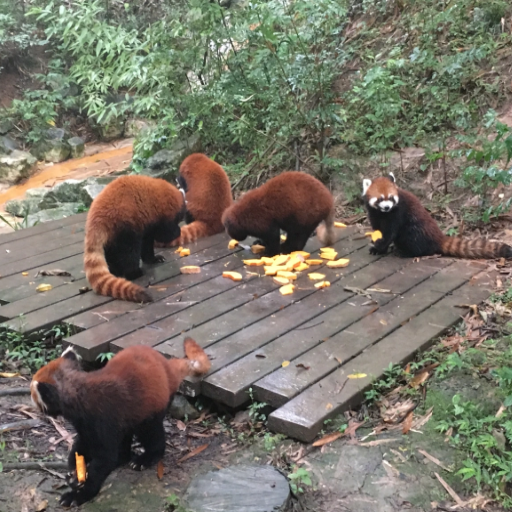
Giant pandas and red pandas
Visitors with a penchant for bears are in for a treat, as Chengdu Panda Base is home to playful cub panda nurses alongside life size adult pandas who thrive in enclosures that mimic their natural habitats. In addition, the base also houses red pandas, smaller tree dwelling mammals with a bushy tail and beautiful reddish toned fur. They can be seen lounging around or climbing trees. The base has a mission of research and breeding of these animals, which gives it an educational vibe alongside showcasing the animals’ daily antics and routines.
Panda baby and research center
The less than average fertility rate of the species is accommodated at the Panda Breeding Center, which allows the reproduction and primary growth of a light panda to take place. During this period, the cubs are constantly observed as it is a critical time for them at birth. The panda cubs are raised in specialized nurseries which keep the environment under control. They are cultivated in a warm setting and provided a diet suited for a panda. Besides this, the visitors are able to see how hard this endanged species is worked on for in the center and the research that is being conducted so that global breeding programs can be enhanced.
Other wildlife features and schooling opportunities
The information science and wildlife and conservation center serves as a one-stop place for everything wildlife and conservation. Visitors can be educated about animal behaviour through wildlife interactive exhibits, which run under the principles of ecosystem simulation. This is a list of some important things that stand out:
- 3D Simulation of Biodiversity Zones: The Immersive Experience zones portray some of the features and utilize projection mapping technologies. Lighting resources of around 500 lumens per square meter and the replica of sound at an environmental decibel level of 40 to 60 dB is provided to enhance accuracy.
- Climate-Controlled Aviaries: Built for precise temperature (75-85 f) and humidity (50-70) settings to simulate and improve the surroundings of birds for better observation.
- Research Observation Decks: These areas provide a glimpse into ongoing experiments using operational high resolution cameras (4K UHD) and monitors displaying data for species condition (heart rate variability, stress hormones, etc.) in real time.
As part of its aims, the center provides outreach workshops and seminars by leaders in wildlife and conservation ecology to offer greater public engagement towards conservation.
Is it Possible to Hold a Panda at Chengdu Panda Base?

Programs For Interacting With Pandas And Their Restrictions
Previously, donations given to the Chengdu panda base allowed visitors to hold and interact with the pandas, however these programs have been canceled in recent years because of intensified conservation efforts as well as regulatory frameworks focused on panda welfare. Now, guests are encouraged to take part in coming activities, which include observing panda bears in their natural habitats, feeding them, or even volunteering to help in panda caregiving. These guidelines are in accordance with international policies designed to limit human difference and contact with pandas for their health and safety. Before planning your trip, always, check the most recent visitor policies on their official website or with representatives from the facility.
Alternative Types of Panda Experiences
1.Habitat Observation
- Visitors can spy on captive bred giant pandas propagating in specially designed semi Natural panda areas which try to replicate their different native conditions. These habitats have including:
- Vegetative Cover: At least 70% coverage of bamboo is needed to meet the diet and behavioral enrichment activities for the animals.
2.Feeding Sessions
- Feeding sessions are open to attendance by guests who are explained to by a specialist the specific nutritional needs of the pandas:
- Dietary Fiber Content: Made up of more than 90% bamboo, with the addition of fruits or specialized panda biscuits fortified with vitamins and minerals.
- Scheduled Feeding Times: Pandas are customarily offered meals four times a day between the hours of 08:00 to 10:00 and 14:00 to 18:00 Activities.
- Caloric Intake: A healthy adult panda on a balanced diet can eat as much as 20 kilograms (44 pounds) of bamboo.
3.Volunteering Opportunities
- Some panda conservation institutions have prepared volunteering programs that must be adhered to when taking care of hygiene and safety measures.
- Volunteers help with cleaning the quarters, cooking, and behavioral watching. These activities are monitored to avoid direct contact with the animals.
- Health and Safety Protocols: Participants on program have to pass health examinations in order to avoid contracting any zoonoses, and as well to comply with cleansing measures.
These activities seek to foster greater engagement in panda conservation while in a safe manner allowing to the panda’s welfare. The compliance with the specific conditions of the programs helps to ensure that the international animal welfare provisions are observed.
How Does Chengdu Panda Base Compare to Other Panda Centers in China?

Dujiangyan Panda Base vs Chengdu Panda Base
Aside from volunteering, which is strictly managed, visitors at Dujiangyan Panda Base get to enjoy Pandas Rescue, Rehabilitation, and Aged Panda Care, which allows for much deeper interaction. Chengdu Panda Base, on the other hand, is a larger breeding and research center and educational facility, specializing in fostering and caring for pandas. The visitors’ volume is bigger at the Chengdu center which is more accessible to the city thanks to its advanced breeding programs and works better for general tourism. Both centers work towards conserving pandas, but while the ones in Chengdu are better for broader educational purposes, working more with Asia’s elephant, the base in Dujiangyan is much better for closer and more intimate learning.
Wolong Panda Center and Bifengxia Panda Base
The Wolong Panda Center, along with the Bifengxia Panda Base, are important centers for giant panda research and conservation in China. Starting with the Wolong center, it serves as a semi-wild reserve, enabling visitors to observe panda behavior in their natural setting. Northern Bifengxia center in Ya’an, serves as a critical conservation and breeding site. It gained fame for successfully sheltering pandas moved from never enclosures in Wolong camp after 2008 earthquake. While both centers contribute to conservation efforts, Wolong implements rewilding strategies, while Bifengxia concentrates on breeding and relocation policies making them integral for the preservation of pandas.
What Are the Best Tips for Visiting Chengdu Panda Base?
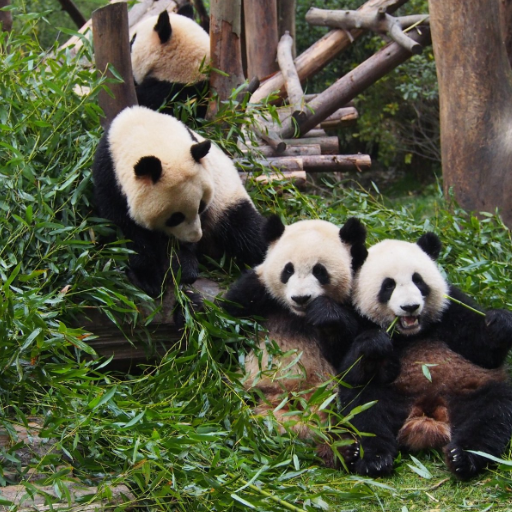
Tips and rules for photograph taking
While at the Chengdu Panda Base, there are rules of commonly accepted behaviors that one should observe when taking photographs with the pandas. Primarily, make sure not to use flash photography since the sudden light may startle or stress out the animals. A camera with a good zoom lens should be adequate as the pandas can be captured well without disrupting them. Moreover, ensure that you take pictures in an enjoyable but quiet manner because noise can also irritate the animals. Do not step outside the assigned visitor sections as they are meant to protect you and the animals from injuries. Lastly, it is during the early mornings when the animals are the most active. In the colder hours when they are fed or playing, the pandas are at their busiest. Observing these tips will allow you to take amazing pictures without disturbing the normal behavior or eco-system of the pandas.
What to Bring and Wear
At the Chengdu Panda Base, dressing appropriately for the weather and wearing comfortable clothes is essential. During summer, lightweight clothing is a wise choice while layering during winter is preferable. Make sure to wear comfortable walking shoes because the base has a lot of walking areas. To stay hydrated, bring a reusable water bottle and make sure to bring an umbrella or raincoat during the rainy seasons as the region tends to be humid and has a chance of sudden rainfall. On sunny days, even though we recommend wearing a hat and bringing sunscreen. For storing snacks, tissues, and a camera, carry a small backpack or bag for convenience.
Guided Tours vs. Self Guided Visits
Self-guided tours to Chengdu Panda Base and guided tours differ in many aspects which is why it is crucial to know which one suits your needs more. Expertly guided tours have pre-planned routes and schedules led by qualified personnel who explain the intricate details about the pandas, the effort put in by the facility towards conservation, and much more. This option is best for people that want primary information without spending much time. They can arrange for the guides to have a base tour without wasting so much time.
However, self-guided tours enable more freedom and independence as visitors can navigate at their own pace. Clearly defined routes and informative signposts across the base make this option most suitable for those who do not want to rush through the tour or would like to concentrate on particular areas of interest. In the end, the decision lies in the balance between the level of information and assistance received from a guide and a more individualistic and relaxed approach to touring.
Reference sources
Chengdu Research Base of Giant Panda Breeding
Frequently Asked Questions (FAQs)
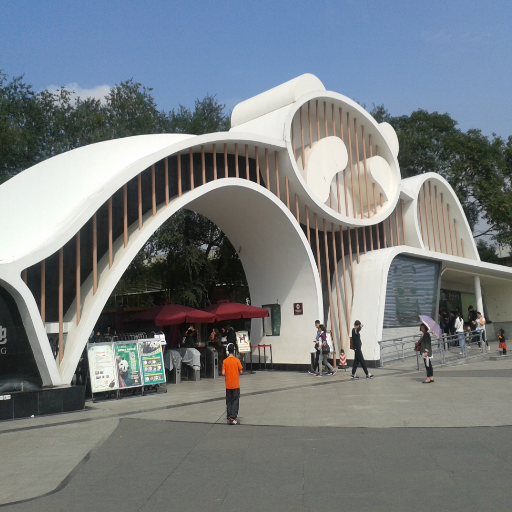
Q: What is the Chengdu Panda Base and why is it famous?
A: The Chengdu Panda Base, officially known as the Giant Panda Breeding Research Base, is a world-class research facility located in Sichuan province, China. It’s famous for its conservation efforts, focusing on the rearing and breeding of giant pandas. The base is renowned as one of the best places to see pandas in China, attracting panda fans from around the world.
Q: How can I get to the Chengdu Panda Base?
A: To get to the panda base, first come to Chengdu, the capital of Sichuan province. From there, you can take a taxi, public bus, or join a panda tour. The base is located about 10 km north of downtown Chengdu. Many visitors find it convenient to book a tour with companies like China Discovery, which often include transportation to and from the base.
Q: What’s the best time to visit the Chengdu Giant Panda Breeding Research Base?
A: The best time to visit is early morning, between 8:00 AM and 10:00 AM, when the pandas are most active and feeding. This is when you’re likely to see them eating bamboo, playing, and moving around their enclosures. It’s also a good idea to visit during spring or fall when the weather is mild in Chengdu.
Q: Can I see baby pandas at the Chengdu Panda Base?
A: Yes, the Chengdu Panda Base is one of the best places to see baby pandas in China. The base has a nursery where visitors can observe infant pandas. However, the presence of baby pandas depends on the breeding season and successful births. If you’re keen on seeing baby pandas, it’s best to check in advance or plan your visit between August and December when most cubs are born.
Q: How do I buy tickets for the Chengdu Panda Base?
A: You can buy tickets directly at the entrance of the Chengdu Panda Base. Alternatively, many tour operators, including China Discovery, offer packages that include admission tickets. It’s advisable to book in advance during peak tourist seasons. Remember that the base has different pricing for peak and off-peak seasons.
Q: Are there other panda reserves near Chengdu?
A: Yes, there are other notable panda reserves near Chengdu. The Wolong Panda Base and the Ya’an Bifengxia Panda Base are two popular alternatives. These bases are part of the broader panda conservation efforts in Sichuan province. While they’re further from Chengdu, they offer different experiences and sometimes less crowded environments for panda viewing.
Q: Can I take photos of the pandas at the Chengdu Panda Base?
A: Yes, visitors are allowed to take photos of the pandas at the Chengdu Panda Base. However, flash photography is prohibited as it can disturb the animals. For the best panda photos, visit in the morning when the pandas are most active. Some areas of the base, like the Giant Panda Museum, may have restrictions on photography, so always check and follow the posted rules.
Q: What other attractions are there at the Chengdu Giant Panda Breeding Research Base?
A: Besides the giant panda enclosures, the base features several other attractions. These include the Giant Panda Museum, which provides information about panda biology and conservation efforts, red panda exhibits, a swan lake, and bamboo forests. The base also has a theater showing educational films about pandas, making it a comprehensive experience for visitors wanting to learn about these iconic animals.